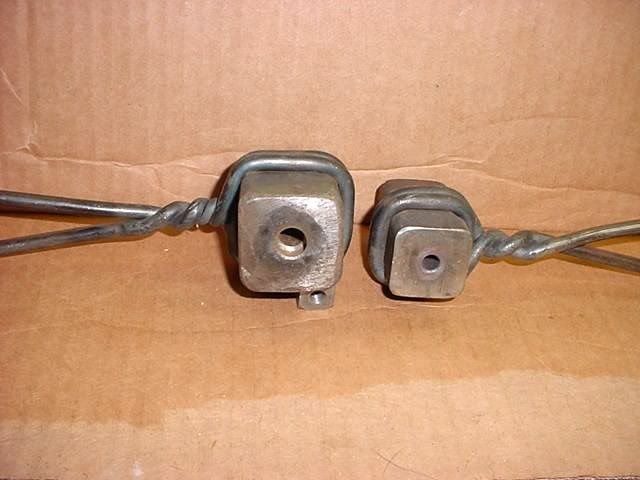G'day,
I'm currently living in East Timor, doing a 12 month stint over here.
I had some chisels made at the local blacksmith's and here are a few pics.
I'd also like to ask the blacksmiths to have a think about what tooling these men should get access to. At the moment they only have hammers, anvils, files, a hot cut chisel, bellows, firepit and a few files and saws.
Additional tooling that they can make from scrap leaf spring or other scrap metals would be appreciated. Average wages are US$50 - 80 per month, and I don't think these men are even on that sort of money, therefor additional tooling has to be 'free' and able to contribute to earning money immediately.
Thanks.
Pic 1 - the bellows and charcoal firepit
Pic 2 - The end of an auto leaf spring being flattened.
Pic3 - Cutting the leaf to size
Pic 4 - Forming the shoulders of the chisel, where blade meets tang.
Pic 5 - shoulder forming continued




 Reply With Quote
Reply With Quote
 Japan sells us tools made using primitive techniques at very high prices - it's all in convincing buyers that there's something special about "hand-made" using primitive methods.
Japan sells us tools made using primitive techniques at very high prices - it's all in convincing buyers that there's something special about "hand-made" using primitive methods.

 Jr.
Jr. 


 ) He is a busy guy but also very knowlegable.
) He is a busy guy but also very knowlegable.  Forge welding being an example.
Forge welding being an example.

